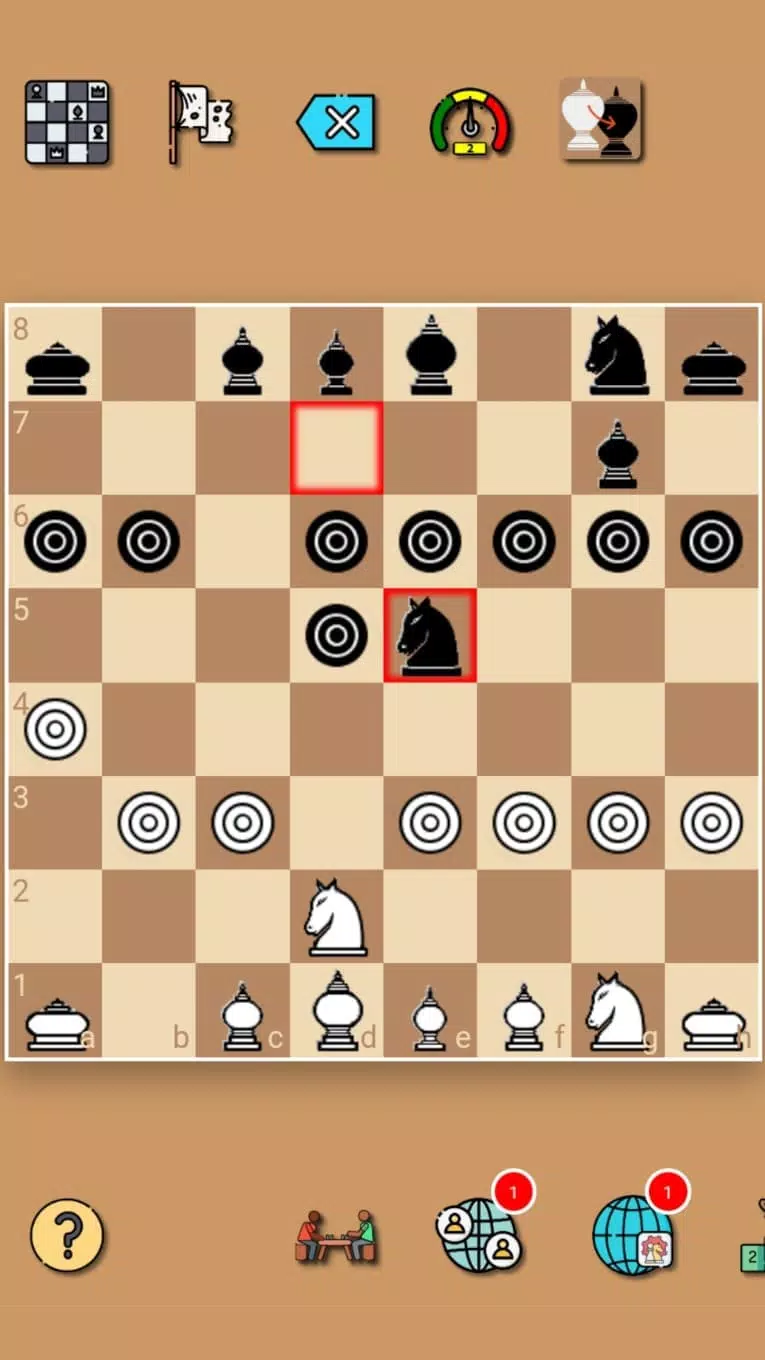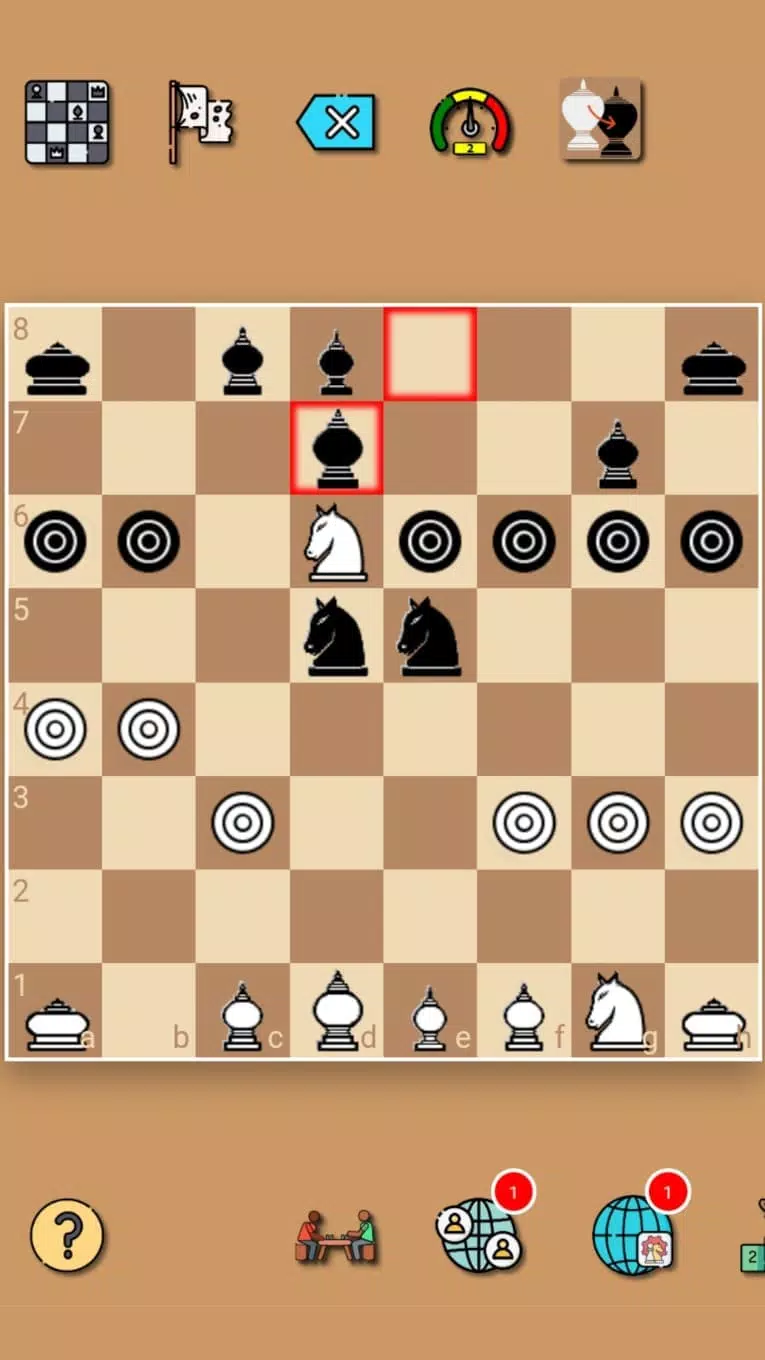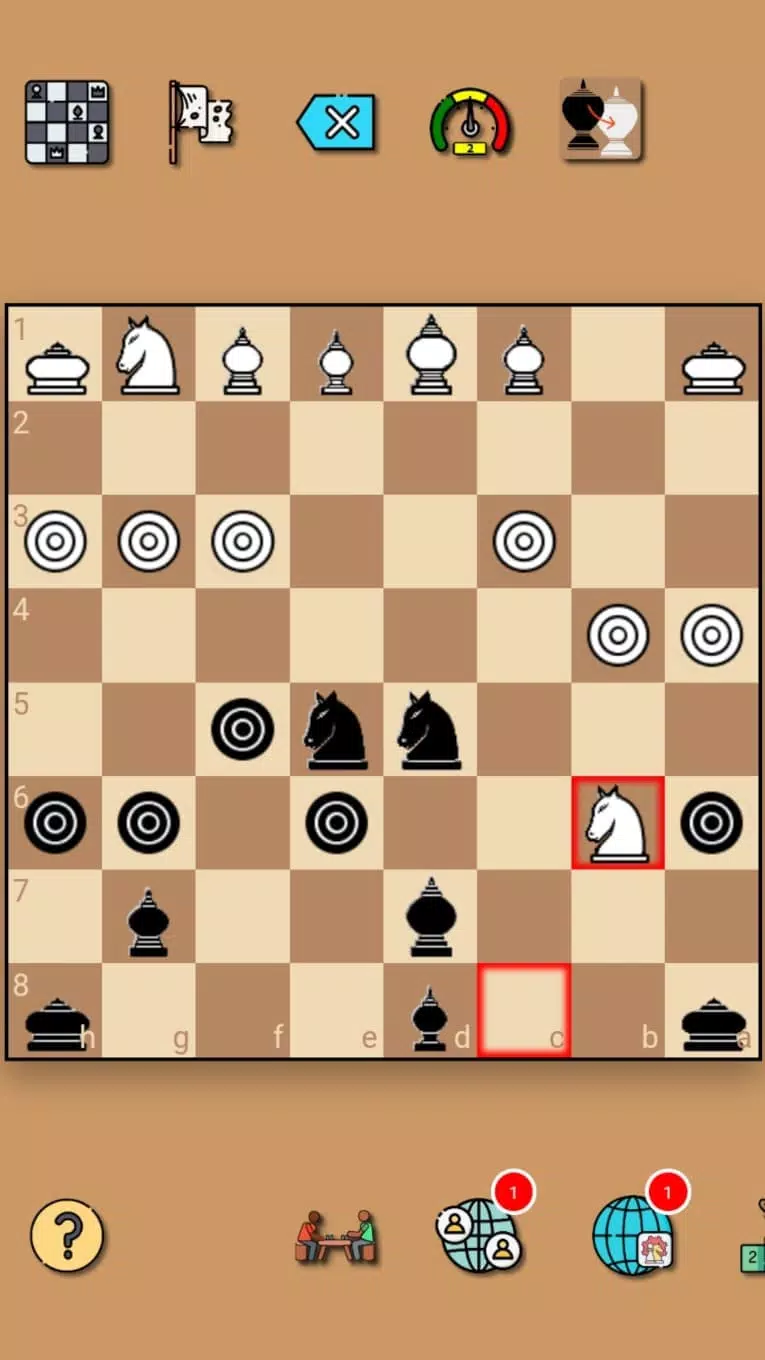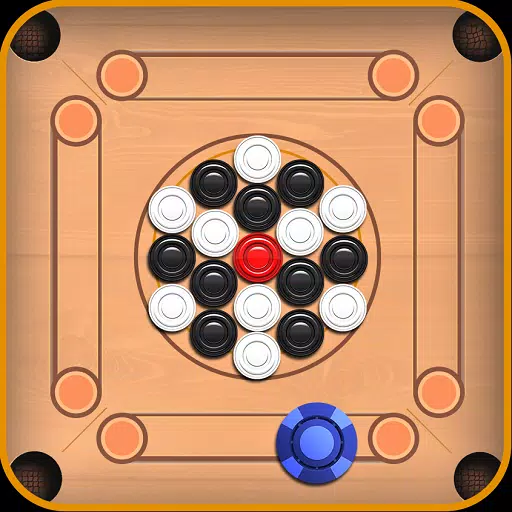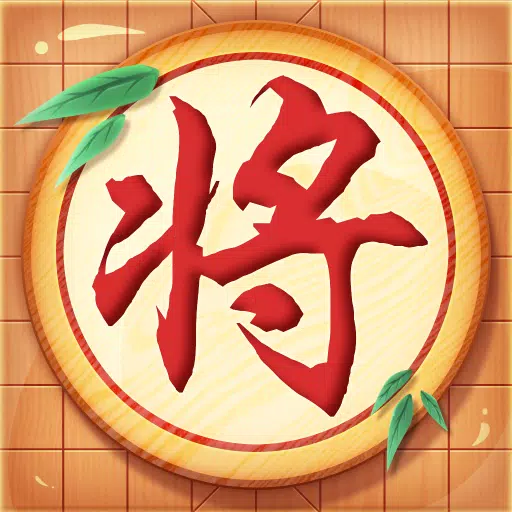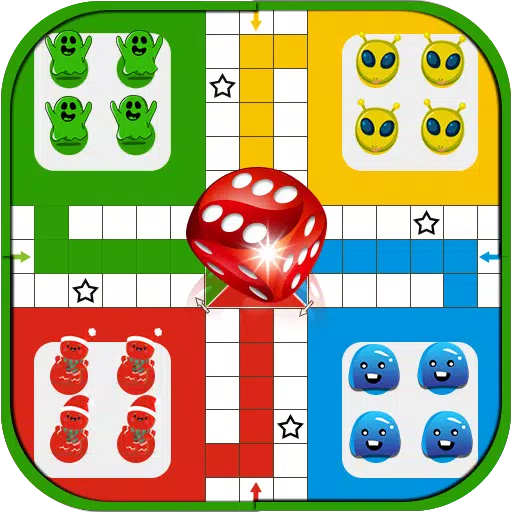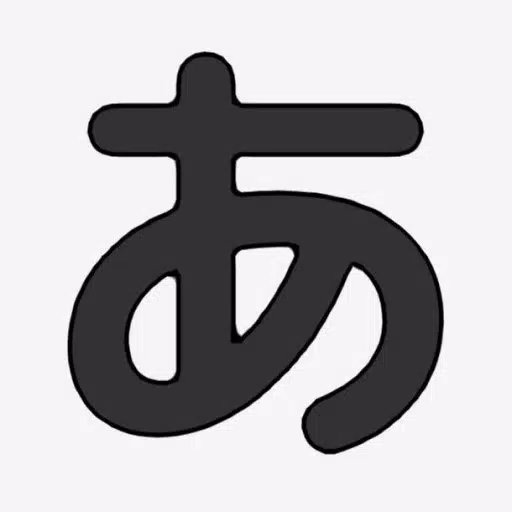Thai Chess: A Unique Take on a Classic
Thai Chess, played on an 8x8 board, shares similarities with classical chess but boasts key distinctions. The initial setup mirrors classical chess, except for two crucial differences: the white queen starts on e1 and the white king on d1 (each king positioned to the left of its queen from the player's perspective); and pawns are positioned on the third rank (white) and sixth rank (black).
 (Replace https://imgs.s3s2.complaceholder_image.jpg with actual image URL if available)
(Replace https://imgs.s3s2.complaceholder_image.jpg with actual image URL if available)
Piece Movement:
- King: Moves one square horizontally, vertically, or diagonally. Castling is not permitted.
- Queen: Moves only one square diagonally.
- Rook: Moves any number of unoccupied squares horizontally or vertically.
- Bishop: Moves one square diagonally in any direction or one square forward vertically.
- Knight: Moves in an "L" shape: two squares in one direction (horizontally or vertically), then one square perpendicularly.
- Pawn: Moves one square forward vertically and captures one square diagonally forward, similar to classical chess. Pawns promote only to queens upon reaching the sixth rank.
Winning the Game:
Checkmating the opponent's king secures victory, as in classical chess. A stalemate results in a draw.
The game supports various play modes: against artificial intelligence, locally with another player on the same device, or online against a remote opponent. This blend of familiar mechanics and unique twists makes Thai Chess a captivating and strategic experience.
Tags : Board



